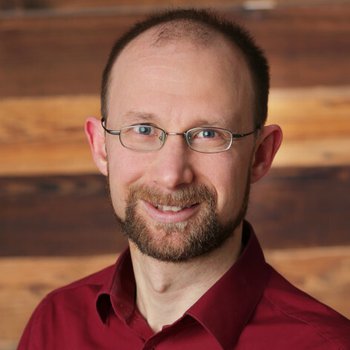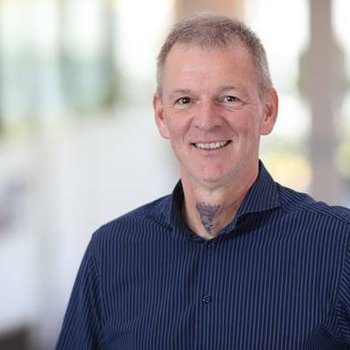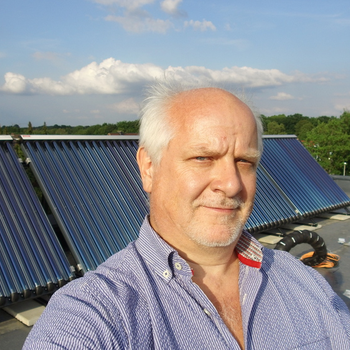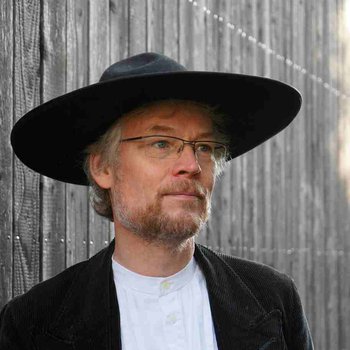Session 6: Ecological construction materials
Saturday, 11 September 2021
The passive house standard contributes to environmental protection with its extremely low heating energy requirements - in addition, the building materials used in the projects can be evaluated and balanced. This balance of grey energy is influenced by the type of building material as well as other factors such as its durability or the origin of the material. The speakers in this session will explore areas of expertise such as building with wood as a renewable resource, life cycle assessments of the materials used and approaches to successfully recycle them.
| Time (CEST) | Topic | Speaker |
|---|---|---|
|
10:00 am |
Welcome |  Matthias Wohlfahrt | proKlima-Der enercity-Fonds |
|
10:05 am |
Life cycle balances of Passive House building components The energy demand for operation and production should be considered in the calculation of the lifecycle energy demand, while the embodied calorific energy should not. Selecting suitable building materials can reduce the energy demand for production to a third. Credit notes can be obtained by taking the end of life into account.
|
 Benjamin Krick | Passivhaus Institut |
|
10:20 am |
Taking the Passive House concept even further – consumption in operation and impact on buildings The use of recyclable building materials is the next important and indispensable step for the sustainable construction industry. Such concepts have the potential to reduce the use of building materials, CO2 emissions and energy consumption throughout the entire lifecycle of a building. |
 Martin Aichholzer | FH Campus Wien |
|
10:35 am |
Ärztehaus Waldbröl medical centre celebrates 20 years of proven sustainability – a progress report The passive house concept in combination with ecological and healthy materials could already be realised 20 years ago with comparatively low additional costs. A key finding was that this was made possible by sufficient planning time and integral planning with clear specifications on the part of the building owners.
|
 Jörg Linnig | Ingenieurbüro EUKON
|
| 10:50 am | Question and Answer | |
| 11:10 am |
Timbered Passive House – a holistic evaluation A simulation-based analysis was used to assess passive and active measures for building conditioning as well as construction methods (materials of building structure) for a multi-family house built to the Passive House Standard with regard to comfort in summer and final energy demand. |
 Katharina Prinzing | Universität Innsbruck |
|
11:25 am |
Using the natural resource wood in constructing timbered Passive Houses Wooden buildings contribute considerably to CO2 reduction. Using wood in a resource-friendly manner should help construct as many wooden buildings as possible instead of masonry buildings. In solid timber construction, three times the amount of wood is used compared to timber frame construction. |
 Gerrit Horn | bau.werk - Energie bewusst gestalten |
| 11:40 am |
Recyclable Passive Houses – construction and evaluation with the Urban Mining Index Passive Houses provide the best conditions for climate-neutral buildings. But are they also suited for the Circular Economy? In her article, Dr. Anja Rosen demonstrates how the circularity of buildings can be assessed with the Urban Mining Index, using the example of the Neue Burse Wuppertal student residence (ACMS, 2004). |
 Anja Rosen | Bergische Universität Wuppertal |
| 11.55 am | Question and Answer | |
|
|
Go to Session 5
|



